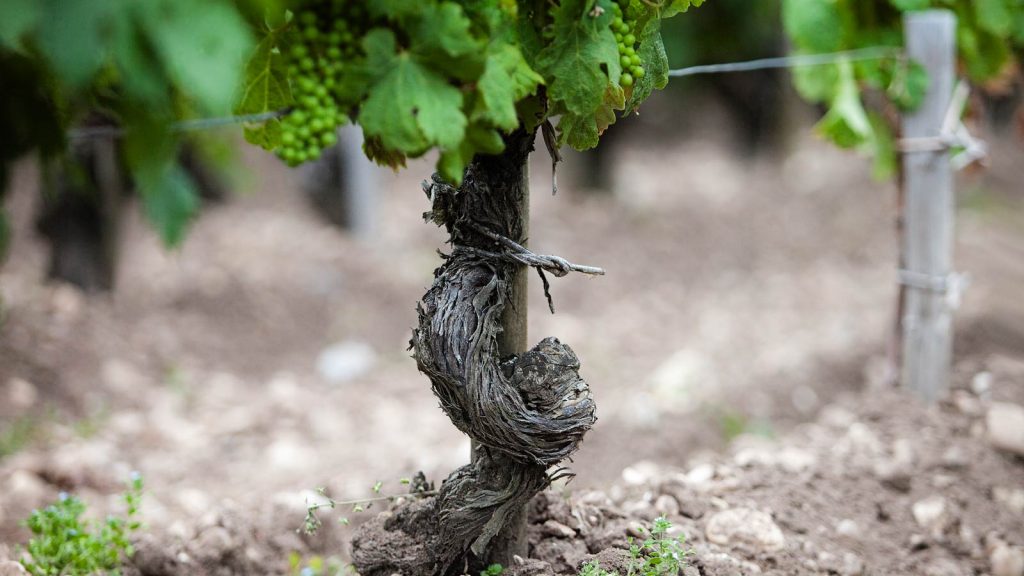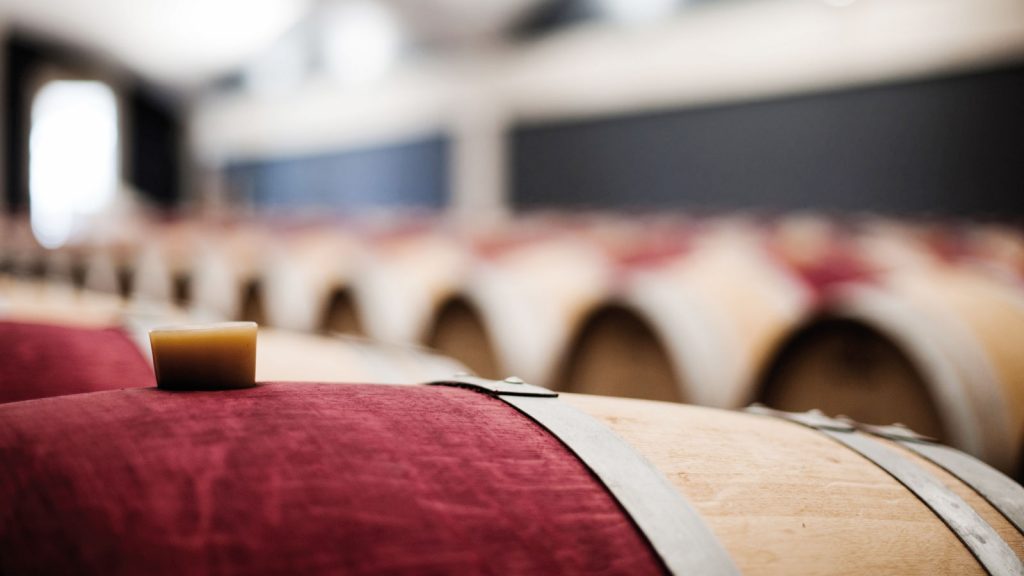
HISTORY
Château Du Glana is located on the Route des Grands Vins running parallel to the Gironde estuary, between the towns of Beychevelle and Saint-Julien, opposite the famous Château Ducru-Beaucaillou.
Château Du Glana was constructed in 1870 by Mr Nadeau, the city of Blaye’s architect, for Mr Cayx. At about this time, a small (5 hectares) vineyard of gravelly soil was consolidated thanks to the purchase of several plots of land from neighbouring Château Saint-Pierre.
After several other owners, Mr Gabriel Meffre bought Château Du Glana in 1961. He increased the vineyard to 43 hectares in the following years by acquiring several plots belonging to third growth Château Lagrange.
Helped by his young sons Ludovic and Julien, Jean-Paul Meffre now looks after the estate. They are motivated by a major ambition: to achieve the estate’s full potential.
Surrounded by some of finest great growths in the Médoc, Château Du Glana has made tremendous strides in quality since 1999.
Much thought has gone into making improvements over the past several years and the vineyard has been entirely renovated. Château Du Glana produces modern elegant wines of character reflecting the estate’s superb terroir.
The estate’s completely restored buildings (vat room, grape reception area, ageing cellar, offices, and reception room), the immense care taken in the vineyard, and precious winemaking advice from Professor Denis Dubourdieu provide a sound equilibrium between modern methods and respect for tradition. Château Du Glana is thus a well-balanced, velvety, and complex wine enjoyable young, but also with excellent ageing potential (over ten years).
TERROIR
With 59 hectares of vines nearly in a single block, Château du Glana is located in the prestigious Saint-Julien appellation, consisting of 90% great growths.
An average of 25 years old, the vines grow on Garonne gravel with a density of 7,000 vines per hectare.
The typical Médoc grape variety, Cabernet Sauvignon (65 %), gives the wine structure and ageing potential, whereas Merlot (35 %) provides roundness and body.

Red

